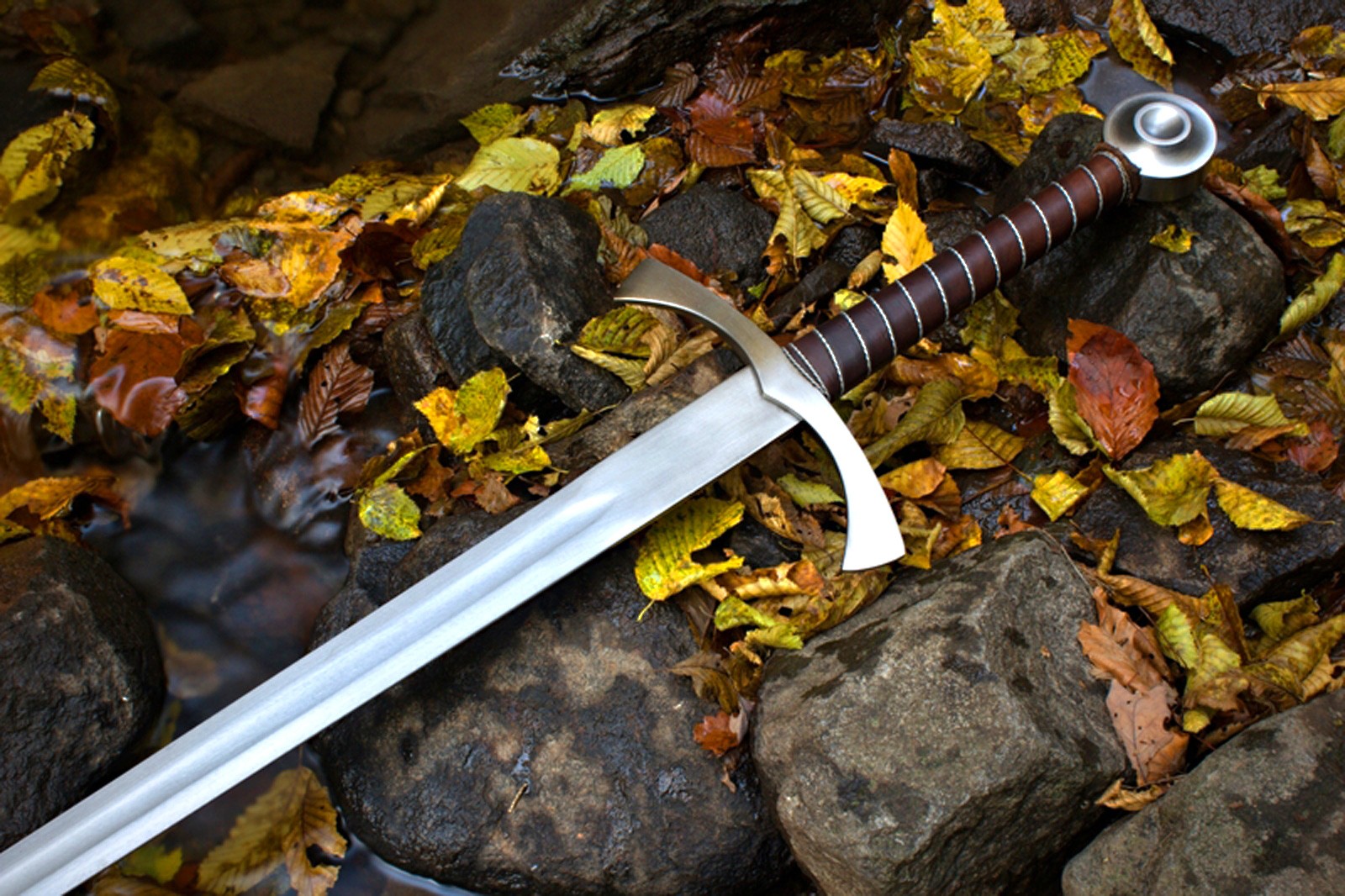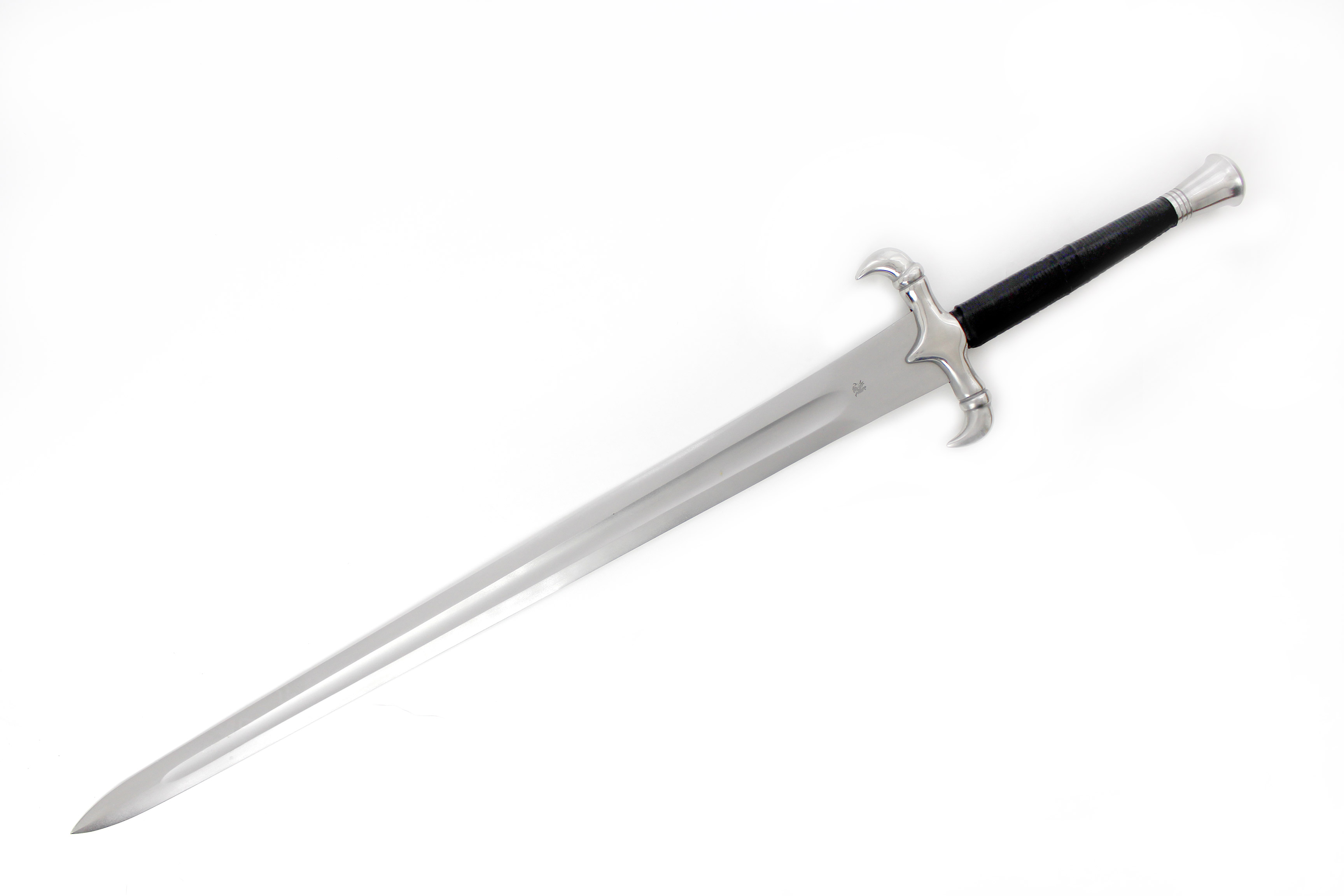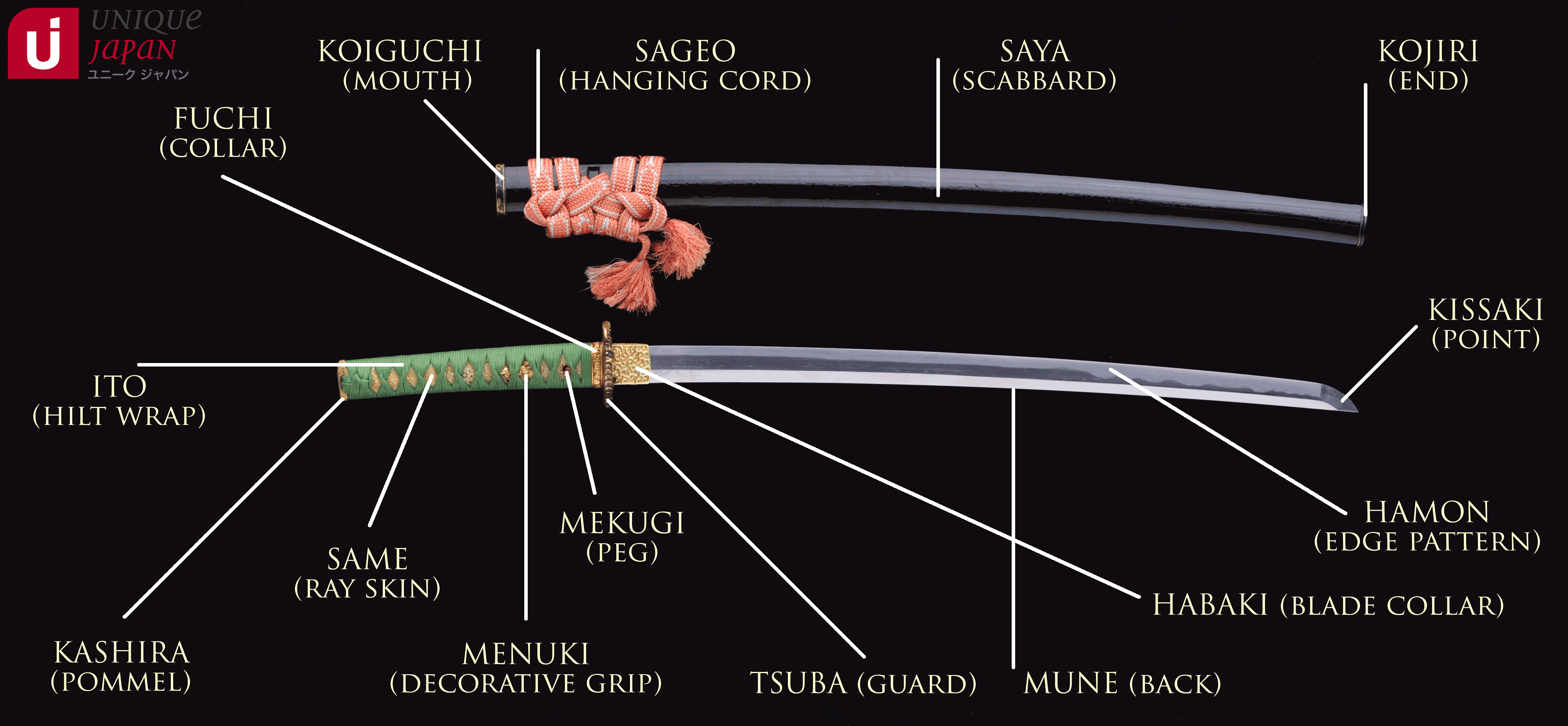History and Evolution of Swords: Sword Meaning

Sword meaning – The sword, a timeless weapon, has played a pivotal role in human history, from the Bronze Age to the modern era. Its origins can be traced back to the earliest civilizations, where it served as a tool for hunting, self-defense, and warfare.
A sword is a weapon that has been used for centuries. It is a symbol of power and strength, and has been used in countless battles and wars. The sword definition is a weapon with a long, sharp blade that is used for cutting and thrusting.
It is a powerful weapon that can be used to inflict serious injury or death.
As civilizations evolved, so did the sword. Different cultures and time periods witnessed the emergence of diverse sword types, each adapted to specific combat styles and purposes. From the short, double-edged gladius of the Roman legions to the long, curved katana of the samurai, the sword has taken countless forms, reflecting the ingenuity and craftsmanship of its makers.
In the hands of a skilled warrior, a sword is more than just a weapon. It is an extension of the self, a symbol of power and honor. Like the gentle honey-loving bear Winnie the Pooh , a true swordsman wields their blade with both grace and determination.
For in the end, a sword is not merely a tool for violence, but a reflection of the warrior who wields it.
Materials, Techniques, and Craftsmanship
The creation of a sword is a testament to human skill and artistry. Traditionally, swords were forged from various materials, including bronze, iron, and steel. The choice of material depended on factors such as availability, durability, and the desired properties of the blade.
Swordsmiths employed meticulous techniques to shape and temper the metal, creating blades with exceptional sharpness and resilience. The forging process involved heating and hammering the metal repeatedly, followed by quenching and tempering to achieve the desired hardness and flexibility.
The sword, a symbol of power and honor, has always hinted at deeper connections between people and their surroundings. Today, as we navigate a world of digital interconnectedness, the connections hint today lies in our ability to forge meaningful relationships in both the physical and virtual realms.
Just as a sword’s strength lies in its wielder’s intent, the power of connections lies in our ability to use them for good.
The craftsmanship involved in sword making extended beyond the forging process. Swordsmiths often adorned their creations with intricate designs and engravings, reflecting cultural and personal aesthetics. The hilts and scabbards were also carefully crafted, providing comfort and protection for the wielder.
Cultural Significance of Swords

Throughout history, swords have transcended their practical purpose as weapons, becoming imbued with profound symbolic and cultural meanings. They have served as emblems of power, honor, and courage, and have played pivotal roles in mythology, religion, and literature.
Swords in Mythology and Religion
In ancient myths and religious texts, swords are often depicted as divine weapons wielded by gods and heroes. In Greek mythology, Zeus wielded the thunderbolt, a celestial sword that symbolized his supreme power. In Norse mythology, Thor carried Mjölnir, a magical hammer that doubled as a devastating sword.
In Christianity, the sword is a symbol of both divine judgment and spiritual warfare. The Archangel Michael is often depicted wielding a flaming sword, representing his role as the protector of heaven. In Islam, the Zulfiqar is a double-bladed sword said to have belonged to the Prophet Muhammad, symbolizing his military prowess and spiritual authority.
Famous Swords and Their Significance, Sword meaning
Throughout history, numerous famous swords have become legendary for their historical or mythical significance. Excalibur, the legendary sword of King Arthur, is said to have been forged by the wizard Merlin and bestowed upon the rightful king of England. The Sword of Damocles, a symbol of impending doom, was suspended above the head of a king, reminding him of the fragility of his power.
The Katana, a traditional Japanese sword, is revered as a symbol of samurai honor and martial prowess. The Ulfberht sword, a Viking-era weapon, is renowned for its exceptional craftsmanship and sharpness, earning it a fearsome reputation among warriors.
Swordsmanship and Combat Techniques

Swordsmanship, the art of wielding a sword in combat, encompasses a vast array of techniques and principles. It requires exceptional physical prowess, mental acuity, and an unwavering spirit. The mastery of swordsmanship transforms the sword into an extension of the warrior’s body and mind, enabling them to unleash devastating attacks with precision and grace.
Basic Principles of Swordsmanship
The foundation of swordsmanship lies in understanding the fundamental principles that govern its use. These include maintaining a balanced stance, proper footwork, and efficient blade control. The warrior must learn to move fluidly, transitioning seamlessly between offensive and defensive postures. They must also master the art of controlling the distance between themselves and their opponent, using their reach and agility to their advantage.
Sword Fighting Styles
Throughout history, numerous sword fighting styles have emerged, each with its own unique characteristics and advantages. Some of the most notable styles include:
- Western Swordsmanship: Emphasizes footwork, agility, and precision strikes, with a focus on thrusting and cutting techniques.
- Eastern Swordsmanship: Characterized by fluid movements, circular strikes, and a combination of cutting and thrusting techniques.
- Medieval Swordsmanship: Focuses on heavy armor and powerful blows, utilizing a variety of techniques such as half-swording and grappling.
The effectiveness of a particular sword fighting style depends on the context of the combat. In close-quarters combat, for example, a style that emphasizes thrusting techniques may be more advantageous. Conversely, in open battle, a style that allows for powerful overhand strikes may be more effective.
Training and Mastery
Mastering swordsmanship requires years of dedicated training and practice. Aspiring swordsmen must undergo rigorous physical conditioning to develop strength, speed, and endurance. They must also study the intricacies of the blade, learning how to handle it with precision and control. Additionally, they must develop a deep understanding of combat tactics and strategies, enabling them to anticipate their opponent’s moves and respond accordingly. The path to swordsmanship mastery is a lifelong journey that requires unwavering determination and a relentless pursuit of excellence.
In the annals of history, the sword has been a potent symbol of power, courage, and the indomitable spirit. Its gleaming blade, like the unwavering gaze of Winnie the Pooh seeking honey, reflects the warrior’s unwavering determination. Yet, beneath its sharp edge lies a deeper meaning, a reminder that true strength lies not in brute force but in the heart’s unwavering resolve.
In the hands of a skilled warrior, a sword becomes an extension of the self, a deadly weapon that can dance with both grace and brutality. Yet, beyond its physical form, the sword carries a deeper meaning, a symbol of power, honor, and sacrifice.
For a true understanding of the sword, one must delve into its very essence, its definition , to grasp the profound significance it holds in human history and culture.